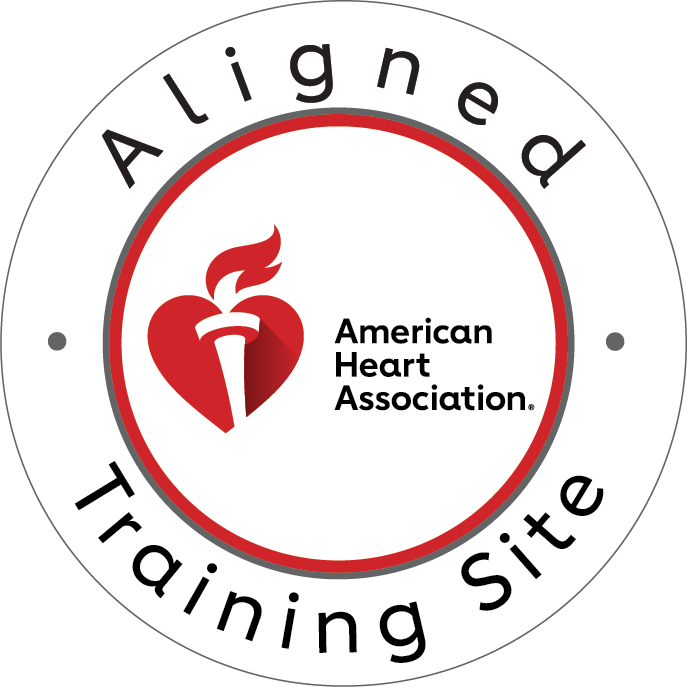The Vital Connection Between Team Dynamics and Chest Compression Fraction
When cardiac arrest strikes, every second counts. Research consistently shows that effective team dynamics directly influence chest compression fraction (CCF), ultimately determining patient survival rates. Moreover, well-coordinated teams achieve significantly higher compression fractions, leading to improved circulation and better neurological outcomes.
Team dynamics in cardiopulmonary resuscitation represent the synchronized efforts of healthcare providers working together during cardiac emergencies. Furthermore, these collaborative interactions determine how efficiently teams deliver high-quality chest compressions while minimizing interruptions. Consequently, understanding and implementing proper team dynamics becomes essential for maximizing CCF and patient survival.
Why Team Dynamics Are Essential in CPR Success
Effective team dynamics serve as the foundation for successful resuscitation efforts. Subsequently, teams with strong communication and clear role assignment consistently achieve higher compression fractions compared to disorganized groups. Additionally, coordinated teams reduce the psychological stress that often impairs individual performance during high-stakes situations.
Research demonstrates that teams with established dynamics maintain CCF rates above 80%, while poorly coordinated teams often fall below 60%. Therefore, investing in team training and role clarification directly translates to improved patient outcomes. Furthermore, when team members understand their specific responsibilities within the resuscitation triangle, they can focus entirely on executing their tasks without confusion or overlap.
The psychological benefits of structured team dynamics cannot be overstated. Specifically, when healthcare providers operate within defined roles, they experience reduced anxiety and increased confidence. As a result, this mental clarity allows for more precise chest compressions and better adherence to CPR guidelines.
Understanding the Resuscitation Triangle: Team Leader Excellence
The team leader serves as the cornerstone of effective resuscitation efforts. Initially, this individual must assess the situation quickly while simultaneously coordinating team member assignments. Subsequently, the leader monitors compression quality, ensures proper timing of interventions, and maintains clear communication throughout the emergency.
Effective team leaders possess several critical characteristics. First, they demonstrate strong decision-making abilities under pressure. Second, they maintain situational awareness while delegating tasks appropriately. Third, they provide continuous feedback to team members regarding compression quality and technique. Finally, they ensure seamless transitions between different phases of resuscitation.
The team leader’s influence on CCF extends beyond simple coordination. Specifically, leaders who provide real-time feedback about compression depth and rate help compressors maintain optimal technique. Moreover, when leaders announce upcoming interventions, such as pulse checks or rhythm analysis, teams can prepare for smooth transitions that minimize compression interruptions.
The Primary Compressor: Maximizing Chest Compression Fraction
The primary compressor holds direct responsibility for maintaining high-quality chest compressions. Consequently, this role requires exceptional physical endurance, technical precision, and the ability to respond quickly to feedback. Additionally, effective compressors must understand the relationship between compression quality and patient circulation.
Quality chest compressions require specific technical parameters. First, compressions must achieve a depth of at least 2 inches but not exceed 2.4 inches. Second, the compression rate should remain between 100-120 compressions per minute. Third, complete chest recoil must occur between compressions to allow optimal venous return. Finally, compressors must minimize interruptions to maintain adequate perfusion pressure.
The primary compressor’s technique directly impacts CCF through several mechanisms. Initially, proper hand placement ensures effective force transmission to the heart. Subsequently, adequate compression depth generates sufficient pressure to maintain circulation. Furthermore, allowing complete chest recoil between compressions maximizes venous return and cardiac filling. Therefore, when compressors maintain these technical standards consistently, CCF improves dramatically.
Airway Management Within the Resuscitation Triangle Framework
The airway manager plays a crucial role in supporting overall resuscitation efforts while maintaining high CCF. Initially, this team member must secure the airway without interrupting chest compressions. Subsequently, they provide effective ventilation while coordinating with the primary compressor to avoid interference.
Advanced airway management techniques, when properly executed, actually enhance CCF by eliminating the need for compression interruptions during ventilation. Specifically, once an advanced airway is established, the team can provide continuous compressions while delivering ventilations asynchronously. Consequently, this approach maintains optimal compression fraction throughout the resuscitation attempt.
The airway manager must also monitor ventilation quality to prevent complications that could compromise circulation. Particularly, excessive ventilation can increase intrathoracic pressure, reducing venous return and decreasing the effectiveness of chest compressions. Therefore, proper ventilation technique supports, rather than competes with, optimal CCF.
Compression Fraction Optimization Through Team Coordination
Achieving optimal chest compression fraction requires seamless coordination between all team members. Specifically, teams must minimize interruptions for pulse checks, rhythm analysis, and defibrillation while maintaining compression quality. Additionally, effective teams use pre-planned communication strategies to ensure smooth transitions between different resuscitation phases.
The target CCF of 80% or higher can only be achieved through deliberate team coordination. First, teams must limit pulse checks to less than 10 seconds. Second, rhythm analysis should occur with minimal compression interruption. Third, defibrillation requires brief but well-coordinated pauses. Finally, medication administration should proceed without stopping compressions when possible.
Team coordination also involves strategic compressor rotation to prevent fatigue-related decline in compression quality. Research shows that compression effectiveness decreases significantly after two minutes of continuous compressions. Therefore, teams must implement seamless compressor changes every two minutes to maintain optimal CCF throughout extended resuscitation efforts.
The Critical Role of Complete Chest Recoil
Complete chest recoil represents an often-overlooked component of high-quality CPR that significantly impacts circulation effectiveness. During the recoil phase, the chest wall returns to its normal position, allowing the heart to refill with blood. Consequently, inadequate recoil reduces venous return and decreases the effectiveness of subsequent compressions.
Teams must understand that chest recoil quality directly affects CCF effectiveness. Specifically, even with perfect compression fraction timing, inadequate recoil reduces circulation by up to 30%. Therefore, team leaders must monitor and provide feedback about recoil quality, not just compression rate and depth.
The primary compressor must consciously allow complete chest recoil between compressions while maintaining an appropriate compression rate. This requires significant physical coordination and mental focus, especially during extended resuscitation efforts. Furthermore, team members should provide feedback when they observe inadequate recoil, ensuring optimal circulation throughout the emergency.
Team Communication Strategies for Enhanced Performance
Effective communication serves as the foundation for optimal team dynamics and CCF achievement. Teams must establish clear communication protocols that include role assignments, status updates, and intervention announcements. Additionally, communication should remain calm, concise, and directed to prevent confusion during high-stress situations.
Closed-loop communication represents the gold standard for resuscitation teams. This approach requires team members to acknowledge instructions, confirm understanding, and report completion of tasks. Consequently, this communication style reduces errors and ensures all team members remain informed about patient status and planned interventions.
Real-time feedback about compression quality requires specific communication techniques. Team leaders should provide immediate, specific feedback about compression depth, rate, and recoil quality. Moreover, this feedback should be constructive and actionable, helping the primary compressor adjust technique without losing confidence or momentum.
Measuring and Improving Team Performance
Continuous performance improvement requires systematic measurement and analysis of team dynamics and CCF achievement. Teams should regularly review resuscitation attempts, focusing on compression fraction data, communication effectiveness, and role execution. Additionally, simulation-based training provides opportunities to practice team dynamics in controlled environments.
Quality improvement initiatives should focus on specific, measurable outcomes related to CCF and team coordination. These metrics include compression fraction percentage, interruption frequency and duration, and time to effective interventions. Furthermore, teams should establish regular debriefing sessions to identify improvement opportunities and celebrate successes.
Take Action: Enhance Your Team’s CPR Performance
Outstanding team dynamics and optimal chest compression fraction don’t happen by accident—they require proper training, practice, and certification. At CPR Classes Tampa, we specialize in developing high-performing resuscitation teams through comprehensive, hands-on training programs.
Our American Heart Association training site offers initial certifications and renewals in BLS for Healthcare Providers, ACLS, PALS, and CPR and First Aid courses. All classes are stress-free and hands-on, focusing on the practical skills your team needs to achieve exceptional CCF and patient outcomes.
Don’t let poor team dynamics compromise your patients’ survival chances. Contact CPR Classes Tampa today to schedule your CPR certification Tampa or BLS certification Tampa training. As the Best CPR in Tampa, we’re committed to helping your team master the resuscitation triangle roles and achieve optimal chest compression fraction in every emergency.
Transform your team’s performance with expert training that saves lives. Your patients deserve nothing less than excellence in emergency care.





